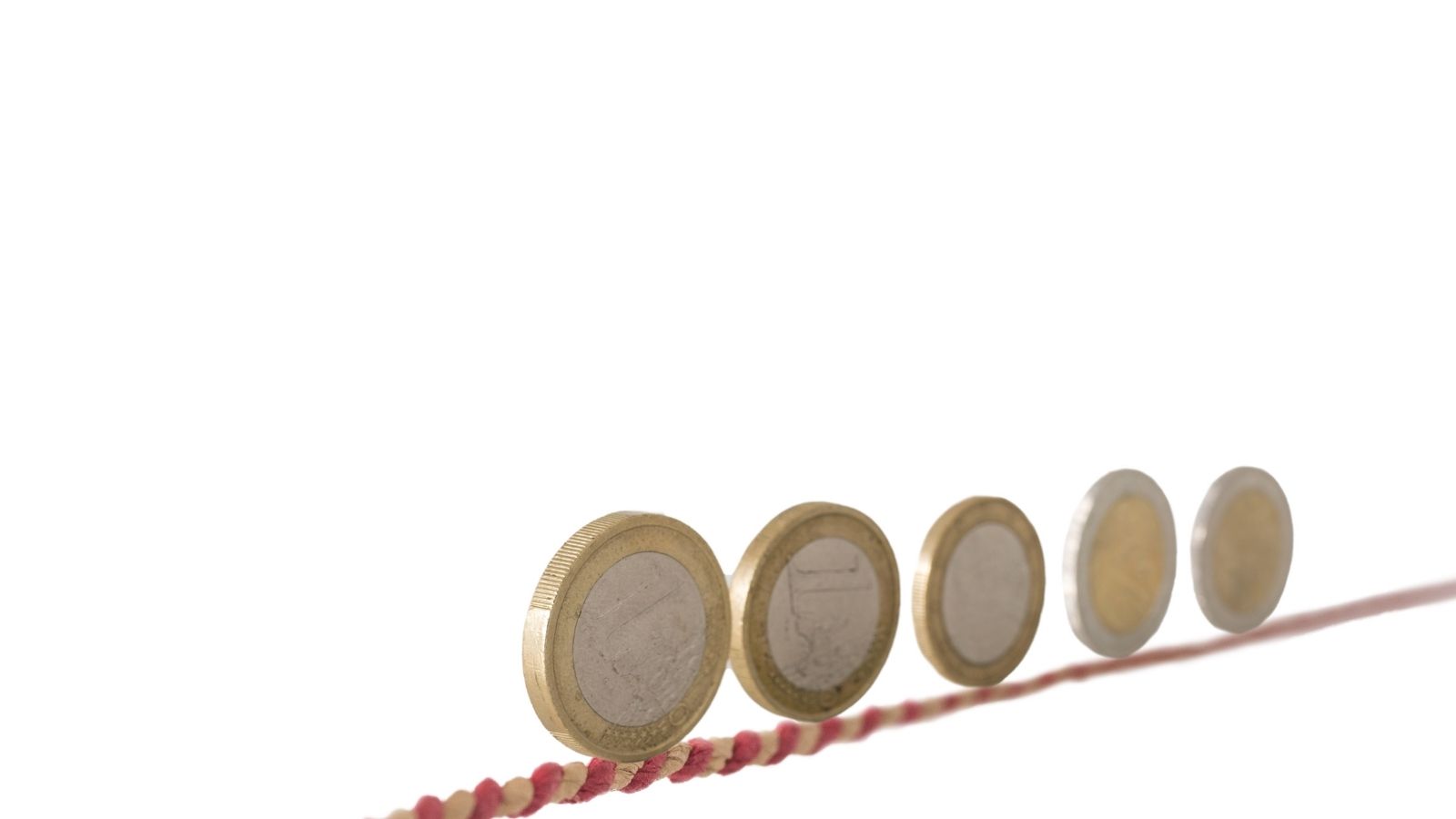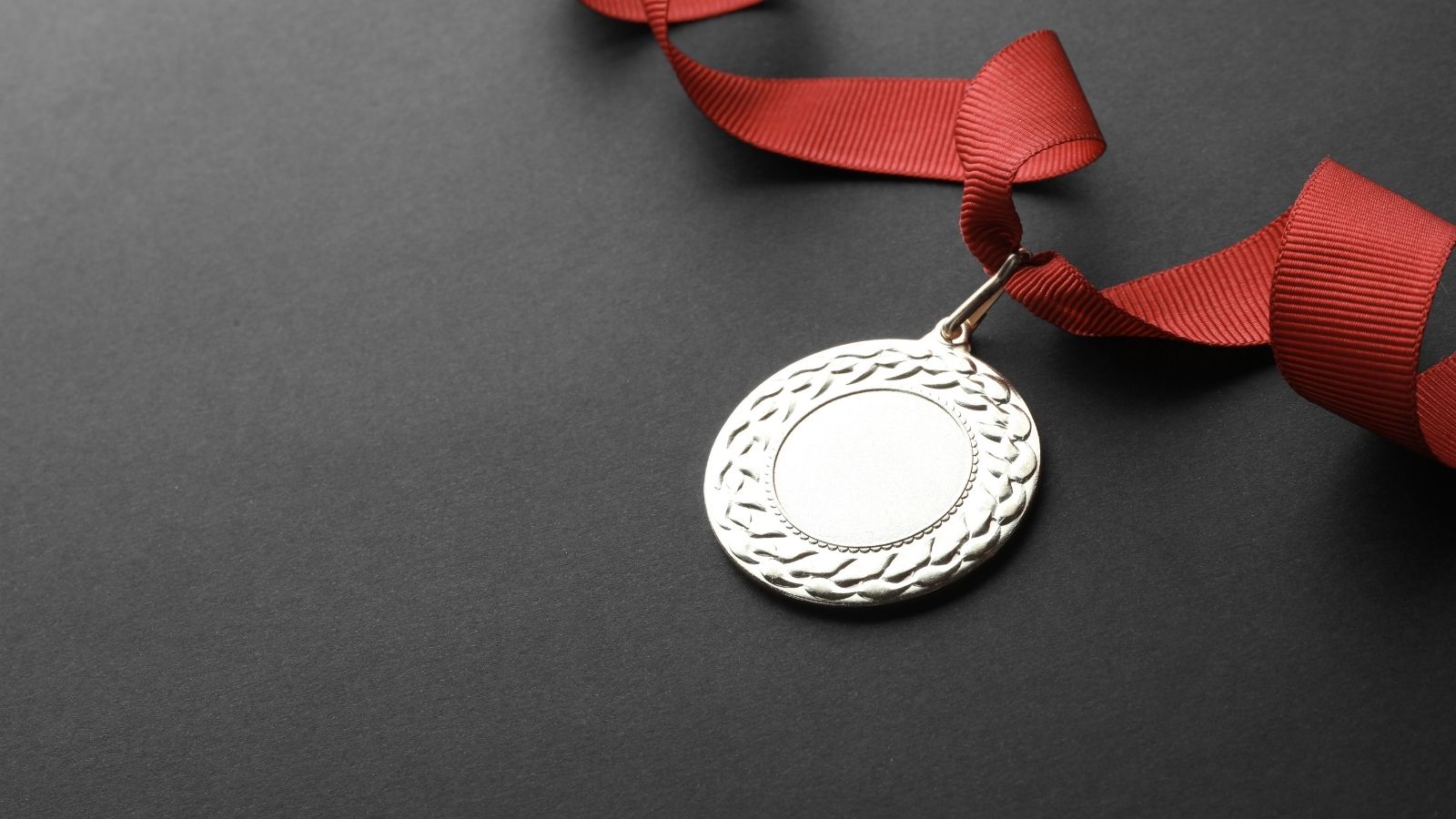Have you ever thought about designing a challenge coin? A challenge coin is a great gift to give a friend, a member of a club/organization, a military veteran, or a family member.
They are a great way of letting people participate in bar games, receive discreet information, or enter private meetings and events.
But how do you decide on the criteria of designing a challenge coin? This challenge coin is a mark of your organization or mission so you want to take care of preparing it.

We've prepared this guide to help you out.
What's the Purpose?
Once you've decided to make your own coins, you have to decide what the purpose is of the challenge coin.
Is this a coin to be granted to a senior member of the military or other honorable organization? What is the insignia or symbols that you want on the coin? You want to consider if you want a coin that is subtle and understated or one that is extravagant.
You want to consider if the challenge coin will explicitly name the organization or mission. Or you might want one that has mysterious imagery and can only be understood by the owner.
Brainstorm
Once you have decided upon your purpose, you can start brainstorming your ideas. Start by drawing a few sketches of your idea. Only when you see the image drawn out can you discern what is good or not.
You have to consider the text that you want to engrave on the challenge coin. You also want to consider the colors you use.
If you run an organization, you can consult with the other senior members of the organization on the final design.
Make sure you brainstorm in advance. You want to think long-term. A challenge coin will be kept with your members for decades to come, so you want a design that you believe can stand the test of time.
Brainstorming also includes looking at existing custom challenge coins. In addition to our design tips, looking at custom challenge coins and signature coins will give you an idea for your own coin.
Choose the Plating
One of the most important aspects of coin design is the plating. You can choose between gold, silver, copper, or other plating. Gold and silver are the most popular forms of plating.
The plating sets the tone and mood of your challenge coin. For example, a gold challenge coin could emphasize luxury, regality, and authority. A silver challenge coin is understated and can work for more practical purposes.

You also want to consider how easy or difficult it is to maintain a challenge coin of a particular plating. As a general rule, gold is easier to maintain while silver might need to be cleaned.
You also want to consider how the imagery and typography will look on gold or silver plating. You should look at gold and silver bullion coins that have the same design.
This can help you decide what looks better. For example, do you prefer how the American Buffalo looks on a gold coin or a silver coin?
Show Significance to Your Organization
Your challenge coin should show significance to your organization or your mission. For example, if it's for a fraternal organization, you want to display the symbol or name of the organization on your challenge coin.
If it's a coin to give to veteran military members, you might want the image of a soldier or the flag of your nation.
You have to remember that a challenge coin is an exclusive item. You should think about it as a key to enter the doors of an exclusive club. When an owner of your challenge coin looks at their coin, they should feel that they are part of something bigger than themselves.
They should signify the value of your organization. The owners of a challenge coin will want to preserve and maintain their coin. They will only safeguard it if there is a significance that they associate with it.
Size and Shape
Next, you have to consider the size and shape of your challenge coins. You want to consider how discreet you want the coins to be. As a general rule, challenge coins are secret possessions.
Usually, when they are given to someone, the giver has to shake the receiver's hand while transferring the coin by placing it on the palm. This is normally done in a secret ritual or ceremony.
As a result, most challenge coins are as small as possible. A standard size is 1.75", though 2" coins are also becoming increasingly popular. If you have intricate artwork and want to make sure that all of it gets covered, you might want to opt for a 2.75" or 3" coin, even though these are considered oversized.
With regard to the shape of your coin, most challenge coins will be round and have no particular functions. However, you might want to consider an oval coin that has a built-in bottle opener (perfect for events with beer or other alcoholic drinks) or a rectangular "coin" that has built-in tools such as screwdrivers and wrenches.
Weight and Texture
Finally, you want to consider the weight and texture of your challenge coin. If this is something that you expect owners to carry at all times, you want to be considerate and have one that is as light as possible. Try not to create one that is over 3mm thick.
If this coin is only for special occasions, you can increase the thickness to 4mm, up to 6mm thick.
The thicker the coin, the heavier it is. The heavier it is, the more inclined the owner will be to maintain it. They would treat it as they would a bullion coin.
The texture refers to the design on the face of the coin. If you have a raised graphic, the texture is not as smooth.
However, this gives your design more emphasis. It can bring out the artwork and magnificence of your challenge coin if you have a raised texture. If you spent a lot of time on the coin design, you might prefer to opt for this option.
If you want to be as simple and convenient to the owner, opt for a smoother texture.
You're Prepared for Designing a Challenge Coin
Now you know what to do when it comes to designing a challenge coin. Make sure to share this with anyone you know who is interested in doing the same.
Read more on challenge coins, business, and lifestyle on our website.



